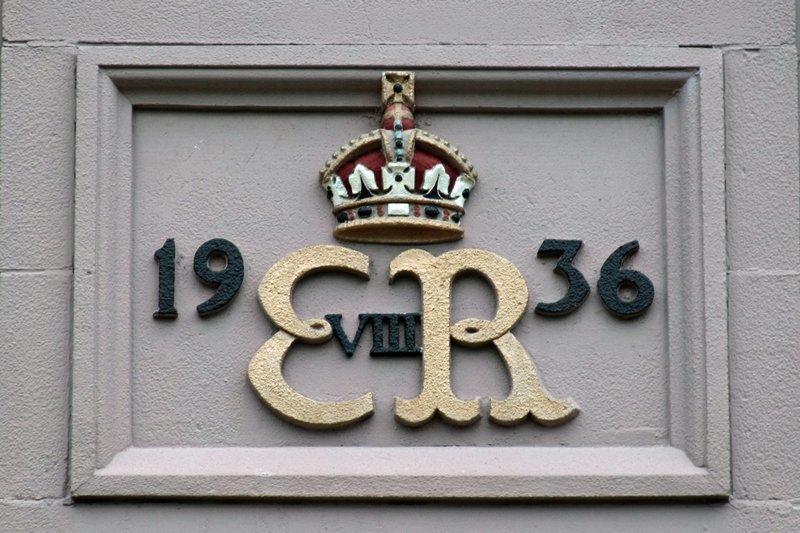The popularty of the multi-Oscar-nominated film The King’s Speech has led to possible moves to list a former Dundee telephone exchange building.
The building, in Dalkeith Road, bears a royal “cipher” (or coat of arms) in the name of King Edward VIII, understood to be one of only eight in the UK.
The owner of the building, businessman Alex Blues, said the wall-mounted cipher was very rare as Edward was the “king who was never crowned,” having abdicated before the ceremony took place.
The film’s subject, his brother Albert, who had a severe stammer, succeeded him to the throne as George VI.
“We bought the building five years ago and although it had been renovated before, we have tidied up the crest and given it a paint,” Mr Blues said.
“I thought with the film being so high-profile, it would be quite interesting for people to know about.”
Dundee archivist Iain Flett described the coat of arms as a “cipher” and said the building fitted in with the timing of Edward VIII acceding to the throne in 1936.
He said, “One of your readers has a property in Dalkeith Road with the coat of arms of Edward VIII and this is topical in view of the probability of the film of the The King’s Speech clearing the awards board.
“Your reader has established it is one of the very few wall-mounted E8 coats of arms to survive in Britain.
“The Handbook Of British Chronology has Edward VIII acceding the throne on January 20, 1936, on the death of his father George V, and abdicating on December 11, 1936, so that gives the narrow time window in which a coat of arms could be erected.
“The annual printed Dundee Street Directory for 1936/7 has nothing between 65 and 69 Dalkeith Road but the 1937/8 Directory has a ‘telephone exchange’ inserted there. The directories were compiled from the previous year’s returns so that might fit.
“In 1936 (and within my memory) telephones were administered by the General Post Office or GPO, so if it is that building, that would explain the royal coat of arms.”
Meanwhile Gary Knox, of the city council’s conservation department, said he had organised for a photograph to be taken of the cipher so he could examine it more closely and send the picture to Historic Scotland.
“We’re looking to see whether it would be a building which would be considered for listing by Historic Scotland,” said Mr Knox.
